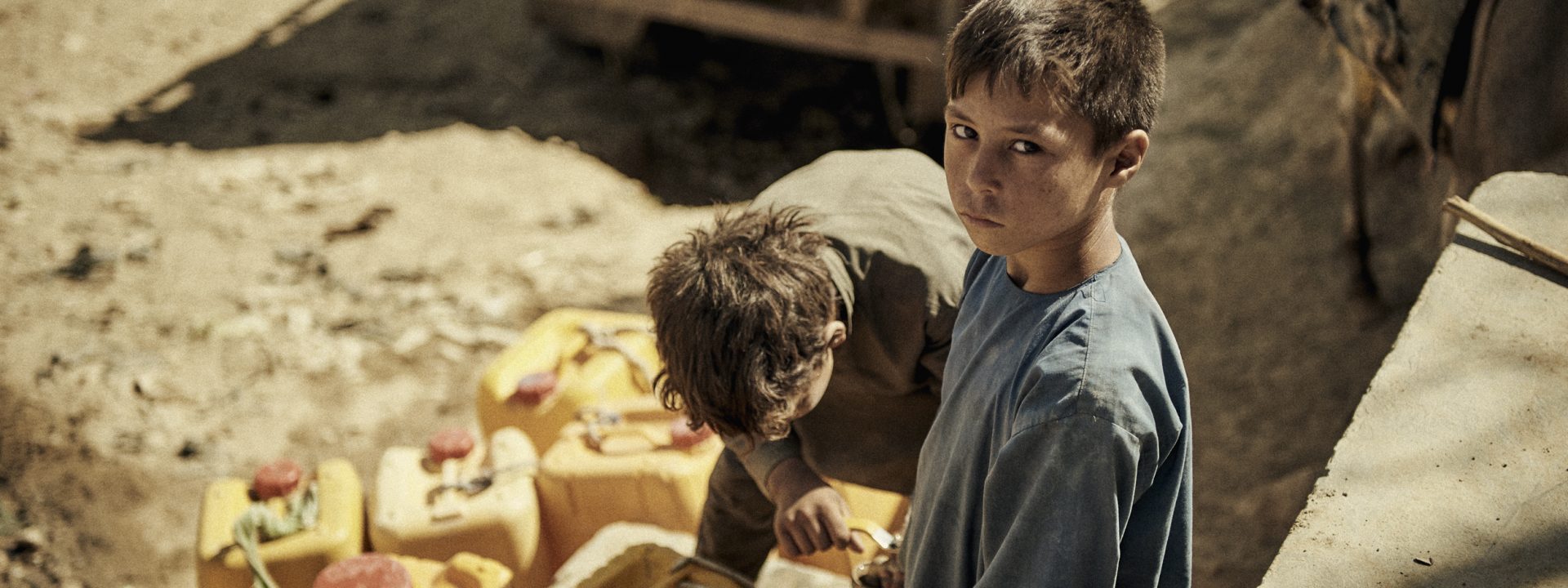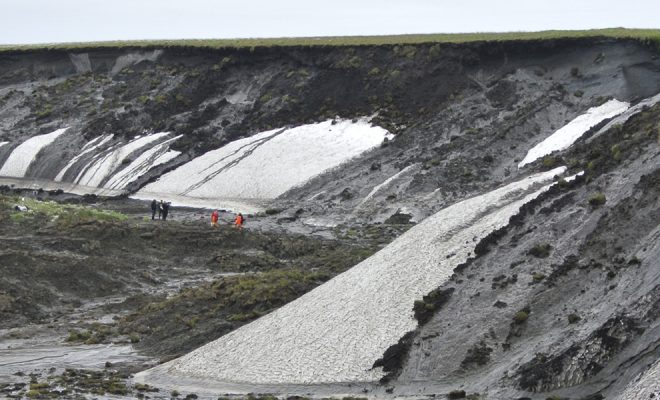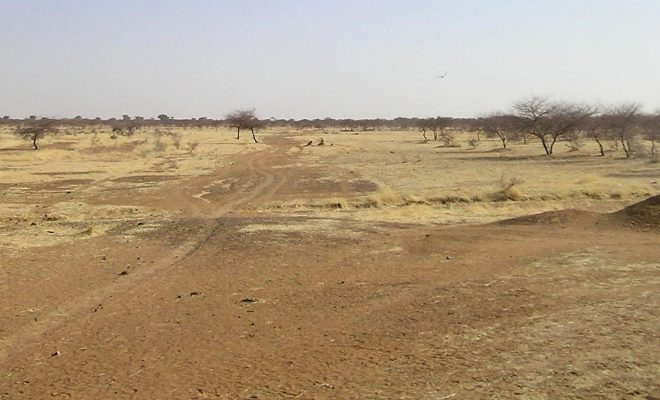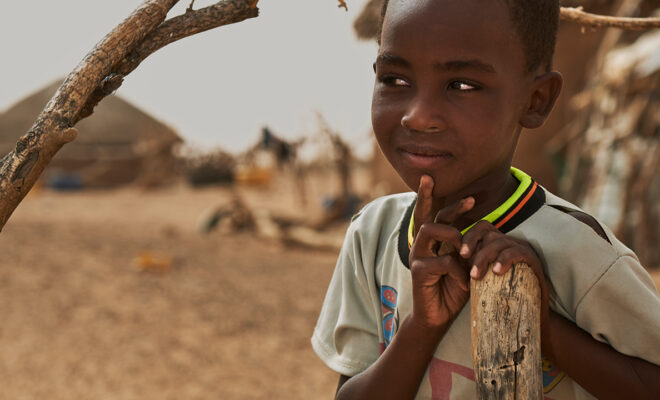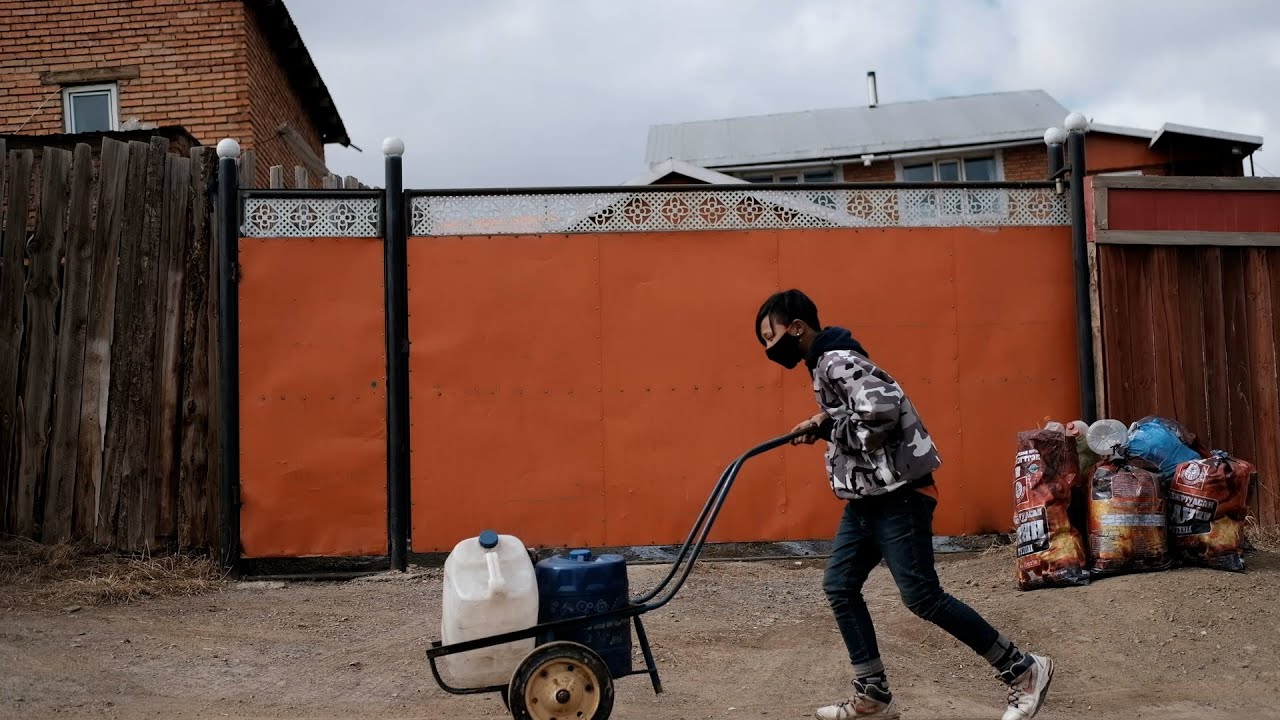
Mongolia is one of the most demographically unbalanced countries in the world. Its population, which barely exceeded 3,2 million in 2018, covers an area of more than 1.5 million square kilometers (more than twice the size of France). However, 45% of Mongolians live in the capital, Ulan Bator, which has experienced a disproportionate growth in the last few decades.
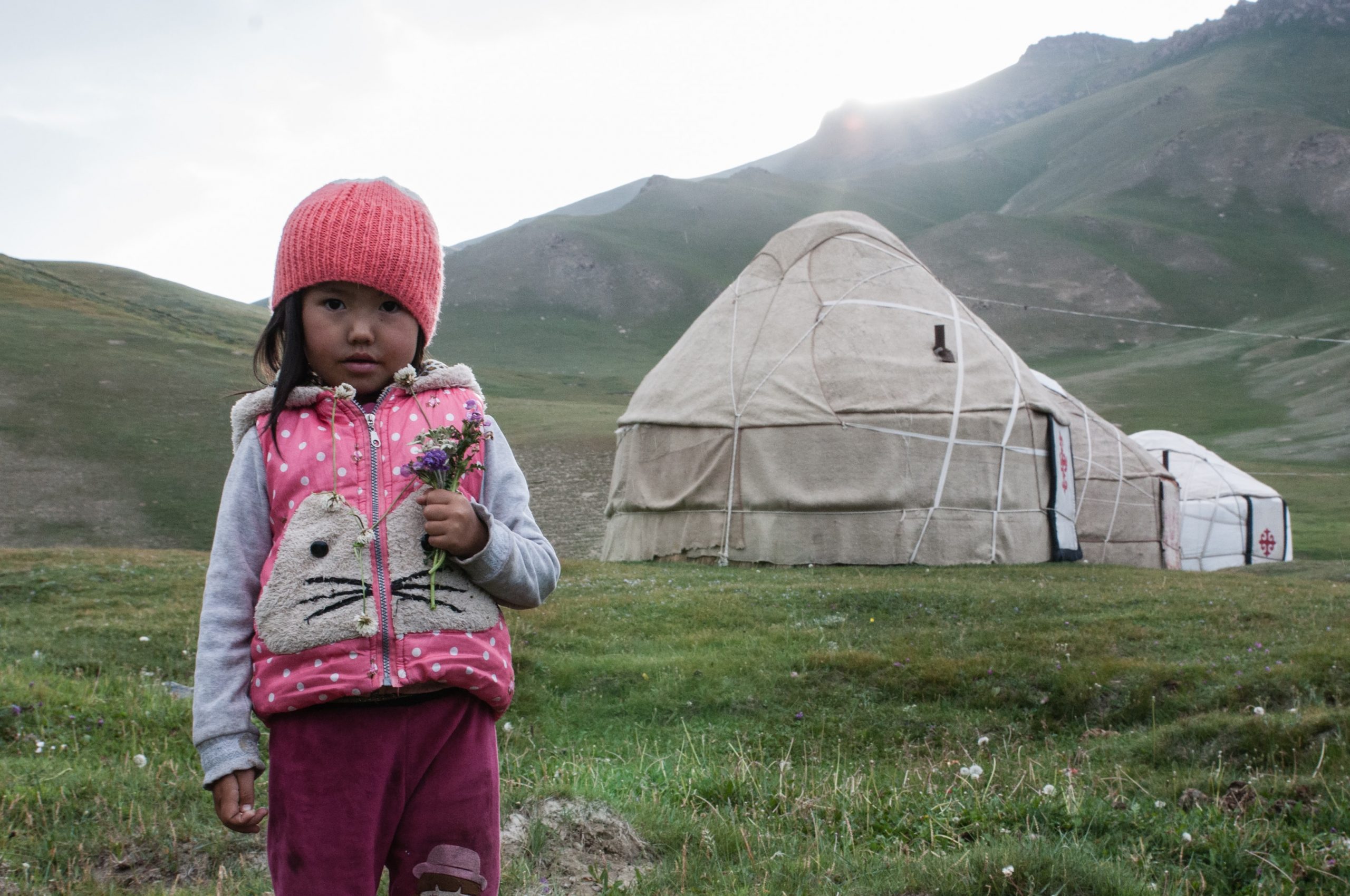
These ger have sheltered Mongolians on the steppe for thousands of years. They are a cultural symbol of Mongolia, whose rural population retains the spirit of legendary nomadic herders. © Joel Heard-unsplash
From the steppe to the “ger districts”
This was not the case before 1990, when more than half the population lived on the steppes. They were nomads which travelled carrying their yurts, sturdy tents with a domed roof made of thick white tarpaulin, which are called ger in Mongolia. They are easy to transport and, above all, optimal to withstand the extreme Mongolian climate: terribly cold winters, in which temperatures can reach -30ºC, scorching summers and violent winds.
These ger have sheltered Mongolians on the steppe for thousands of years. They are a cultural symbol of Mongolia, whose rural population retains the spirit of legendary nomadic herders, even though their way of life is in decline. After migrating to the city, they have set up their tents in the open fields adjacent to the city center, creating vast settlements. In 2017, 950,000 (66%) of the 1,44 million inhabitants of Ulan Bator lived in yurts. Week by week, the settlements have been growing. In 2017, according to city government data, it was estimated that around 40,000 people arrived to the “ger districts” of the city every year.
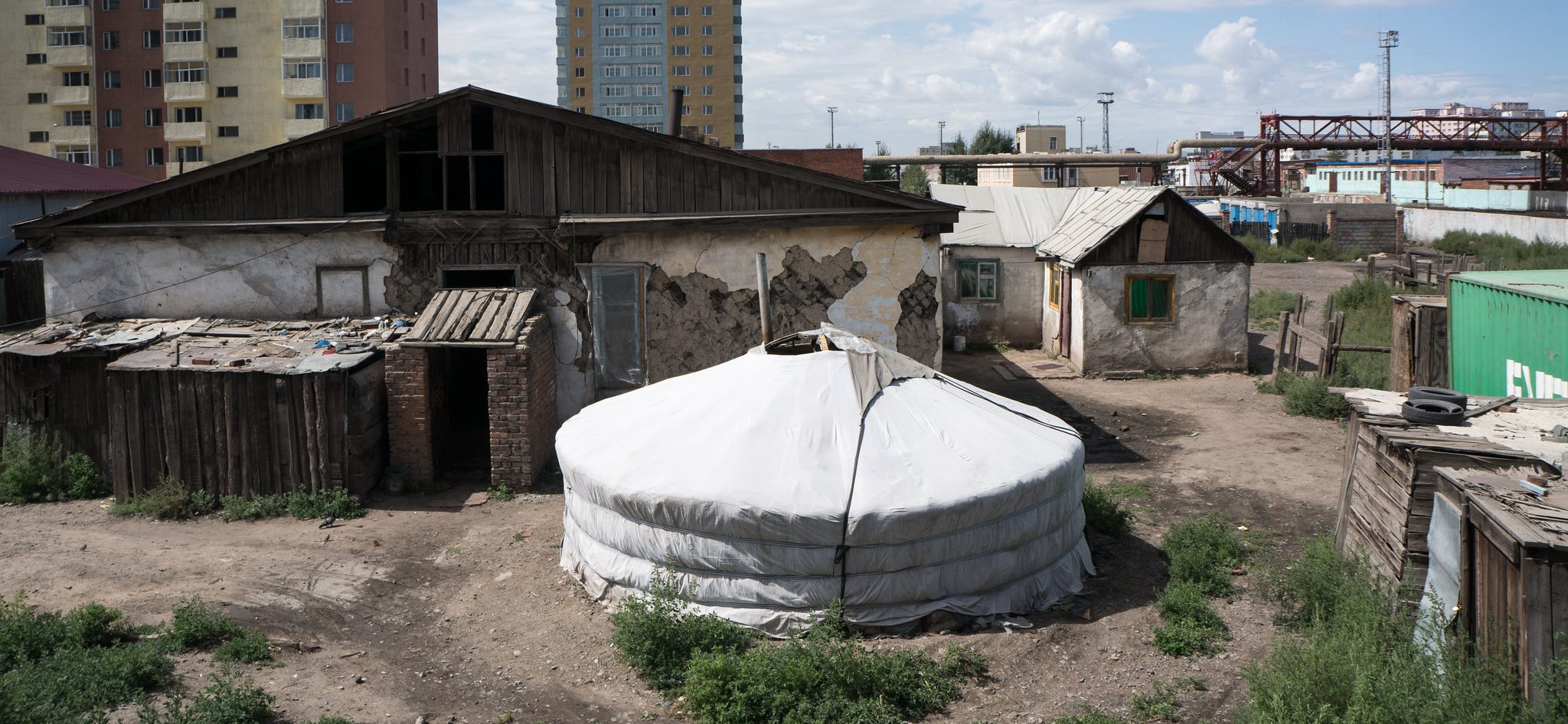
After migrating to the city, they have set up their tents in the open fields adjacent to the city center, creating vast settlements. © jipe7
Today, the rolling hills stretching across the north and east of the capital are dotted with the white domes of the yurts. These are marginal neighborhoods, with no electricity or sewage, where water must be fetched from the few communal fountains installed by the government in the city.
Officially, around 500,000 minors live in Ulan Bator, but there is no accurate data on how many live in the ger. Munkhbat, the protagonist of the short film Water Trolley, is one of them.
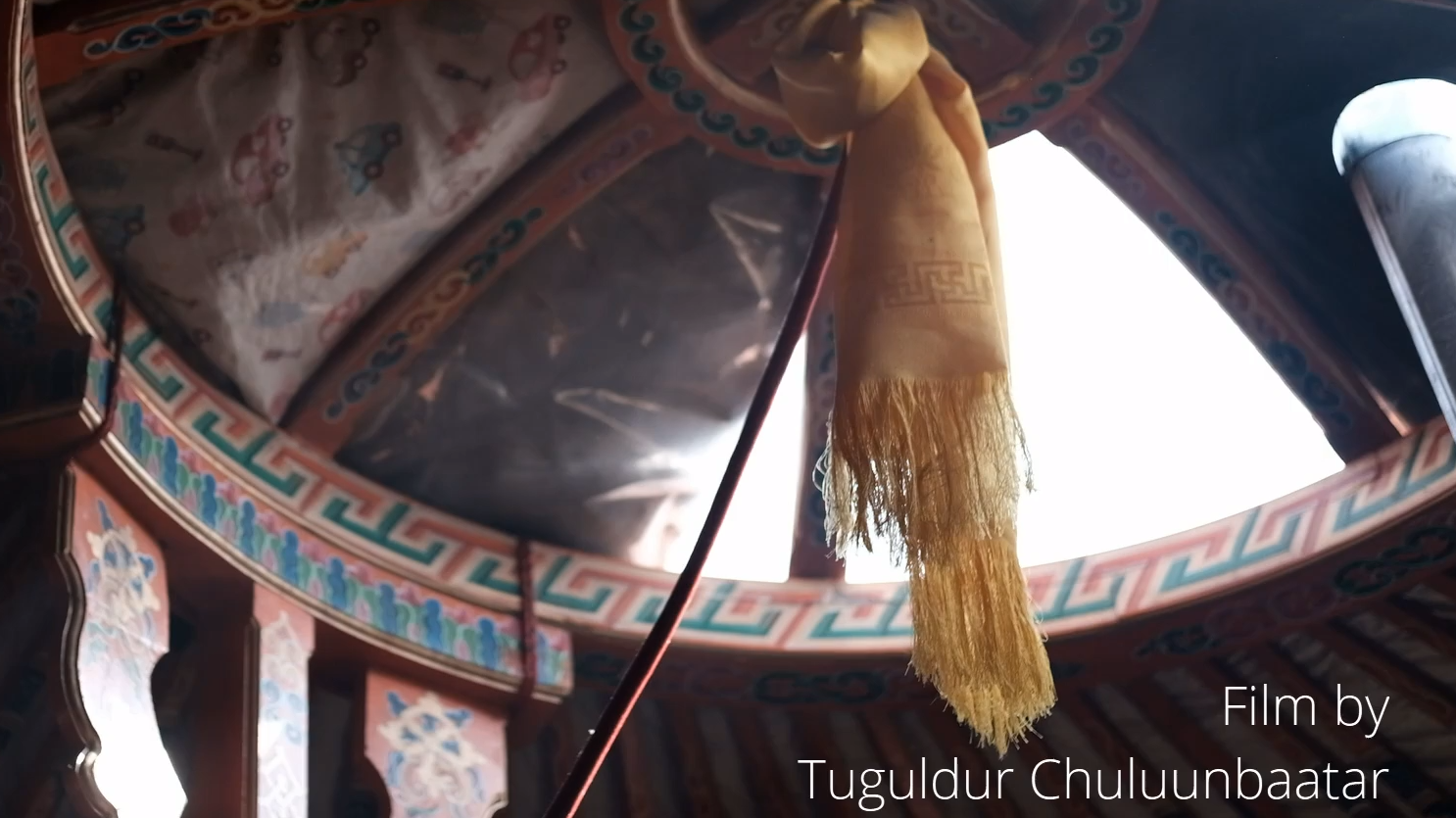
Water Trolley, by Toguldur Chuluunbaatar, finalist in the micro-documentary category at the We Art Water Film Festival 5.
No running water and unbreathable winter air
10 times per week, Munkhbat carries 50 liters of water for his family. His work becomes more complicated in the freezing winter, when the water in some pipes freezes and ice or snow (in January the average temperature is -17°C) hinder its transport. In the depths of winter, the problems in the neighborhood are compounded by the heating difficulties. Ger dwellersthrow coal, rubber and even plastics into their rudimentary heaters. Toxic emissions seriously affect their health and are the main reason why Ulan Bator is categorized by the WHO as one of the cities with the most polluted and unhealthiest air in the planet.
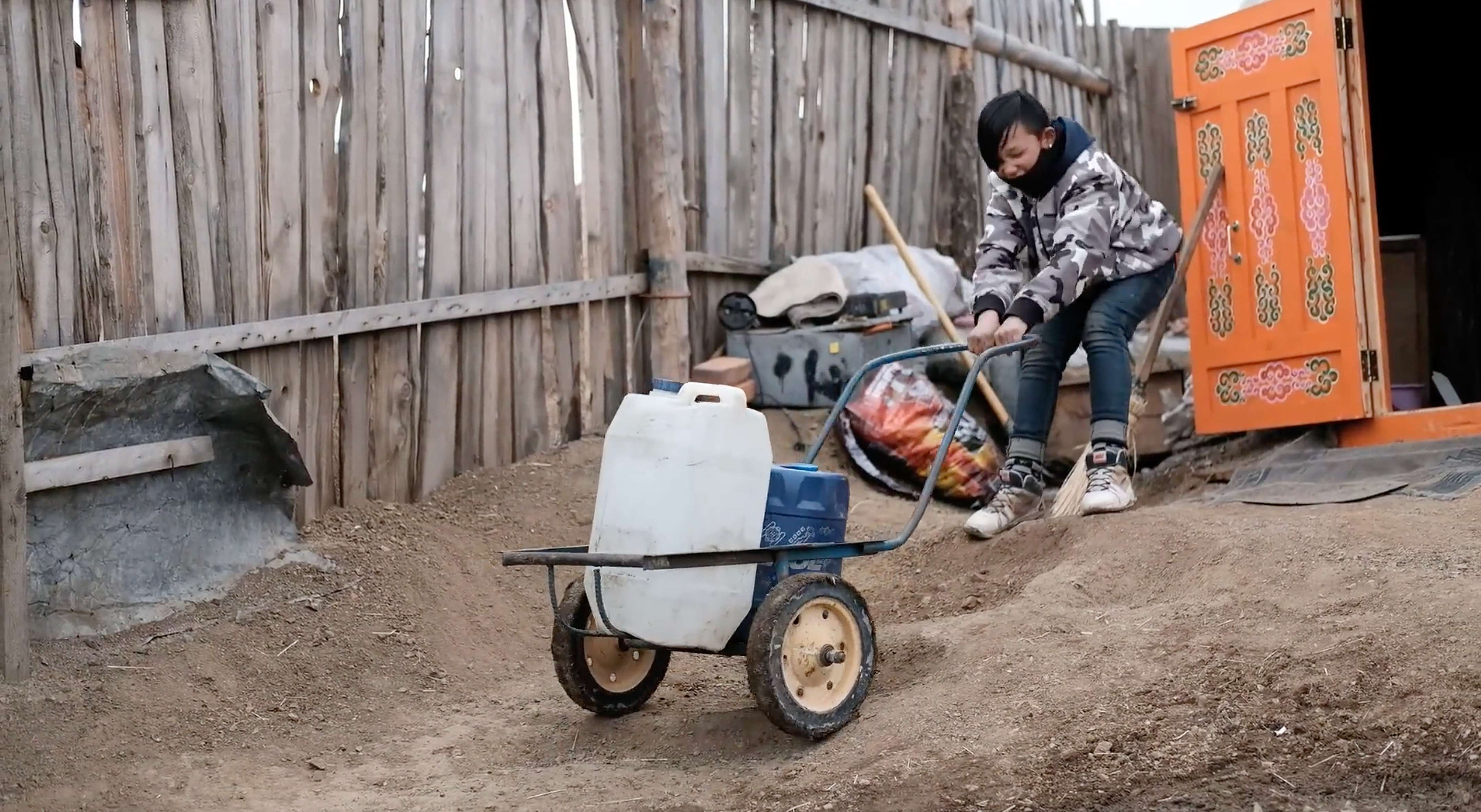
10 times per week, Munkhbat, the protagonist of the short film Water Trolley, carries 50 liters of water for his family.
According to UNICEF, air pollution in Ulan Bator is responsible for a 2.7-fold increase in the incidence of respiratory diseases among residents over the past 10 years. In children below the age of five, pneumonia, linked in many cases to poor water, has become the second leading cause of death, and children who live in yurts, where pollution is highest, have 40% less lung capacity than those living in rural areas.
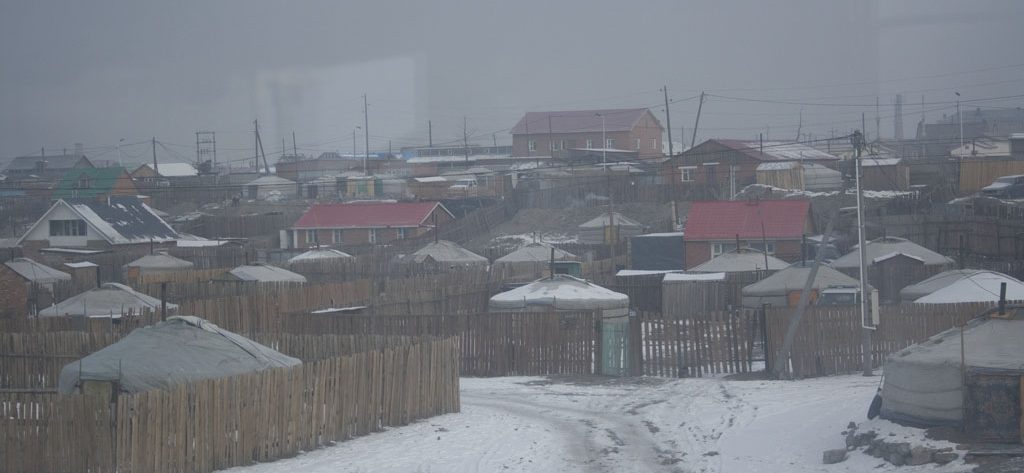
Ulan Bator is categorized by the WHO as one of the cities with the most polluted and unhealthiest air in the planet. © Sam Greenhalgh
The “white death” of climate
Climate change has hit steppe herders hard, with extreme climate episodes. The most dreaded is the “white death”, dzud in Mongolian, a disaster that occurs when a dry and hot summer is followed by an extremely cold winter. Without pastures during the summer, yaks do not accumulate the necessary fat to protect themselves from the cold and herders are not been able to collect enough fodder to feed them. The result is massive animal deaths and the ruin of herders.
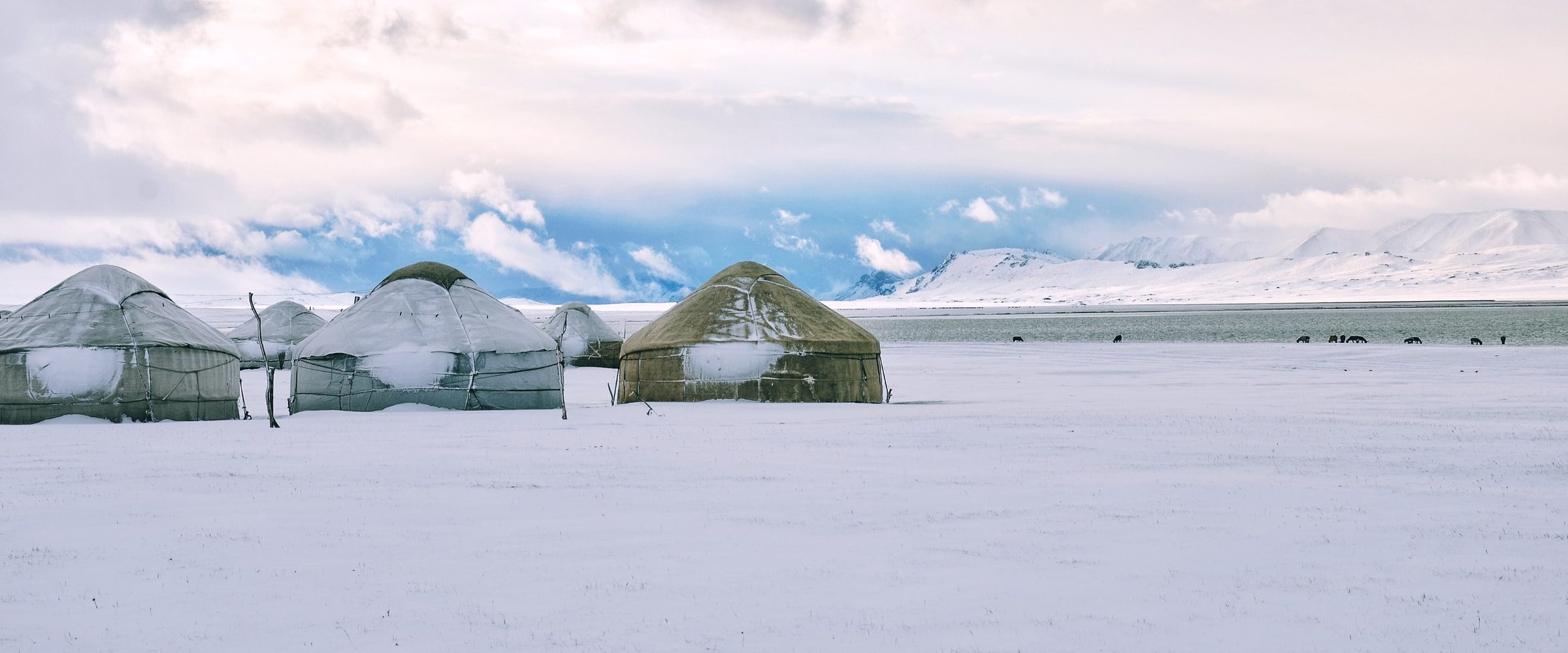
Climate change has hit steppe herders hard, with extreme climate episodes. The most dreaded is the “white death”, dzud in Mongolian. © Wouter Naert-unsplash
The last dzud is still fresh in Mongolian memory. In 2010, one of the harshest episodes killed around 10 million cattle and sheep. 770,000 livestock farmers were affected, 165,000 of whom lost more than half of their flocks. This disaster caused one of the largest migrations to the city in the last few years. In the winter of 2017, another episode caused the loss of more than one million heads of livestock and in 2018 there was a new episode, although it was not as severe as the previous ones.
IPPC and World Bank projections define Mongolia as one of the most vulnerable countries to climate change. Declining rainfall means that every year the journeys in search of pastures have to be longer. Since 1940, the average temperature in Mongolia has increased by 2.4ºC. More than two thirds of the land have been affected by desertification and the Gobi Desert has advanced 150 kilometers towards the north.
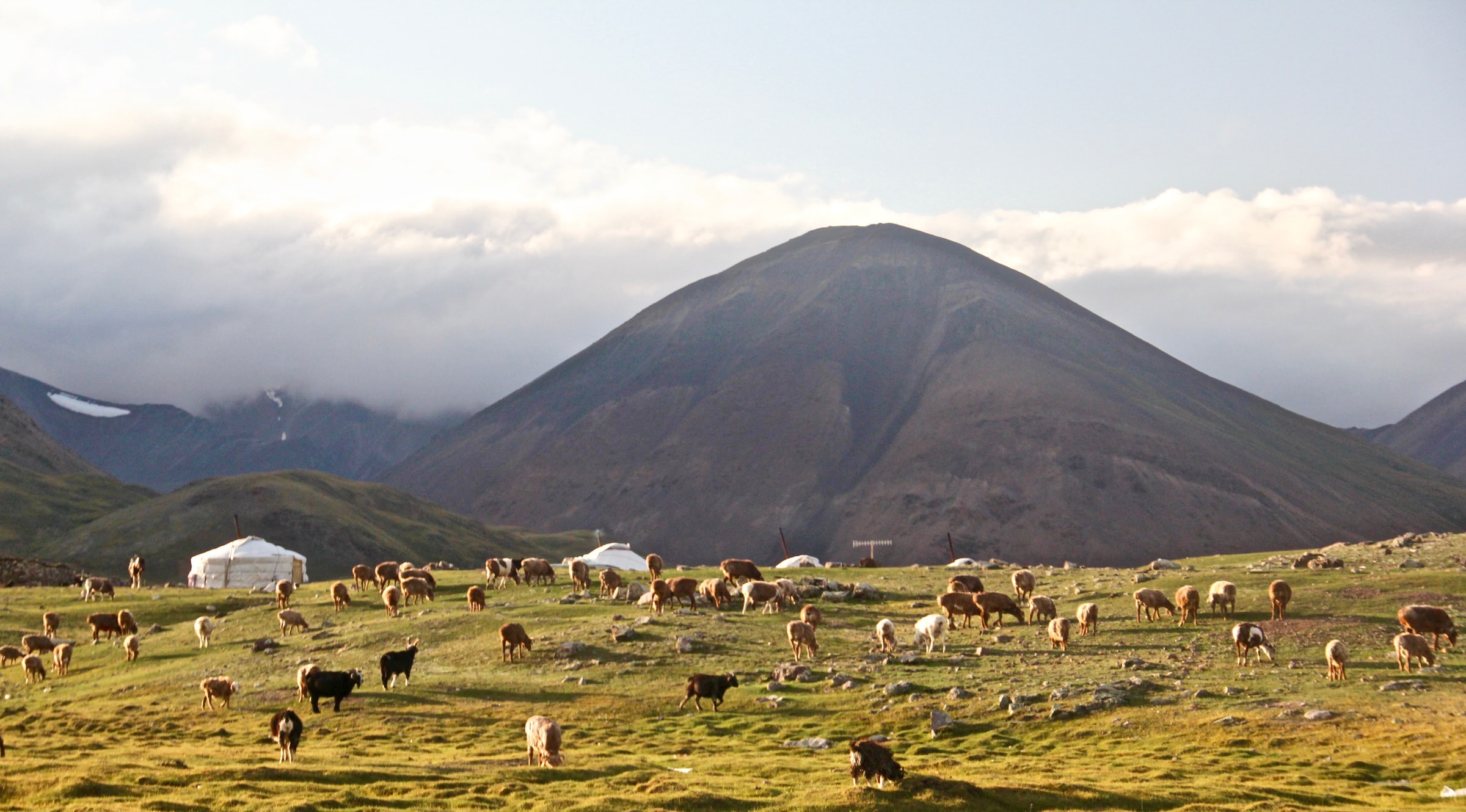
Nomadic shepherding has suffered the consequences of the economic globalization. © Bolatbek Gabiden -unsplash
Fighting globalization
Most nomads who have ended up migrating to the cities are reluctant to leave their age-old way of life behind. The bond to the ger is very deep among rural migrants and one of the main reasons for the failure of different government plans to provide them with housing within the city.
Furthermore, the return to the steppe is very difficult. Nomadic shepherding has suffered the consequences of the economic globalization affecting wool, meat and dairy products from yaks, their main source of income. Wool production is very low (300 grams per animal per year) and despite the exodus of herders, the amount of livestock has tripled since the 1990s and the prices in the meat market have stagnated.
The efforts are now focused on saving the nomadic herders who still live on the steppes. Convinced that their way of life must be preserved for future generations, they have created cooperatives to sell their products focusing on sustainability and quality, especially yak wool. These cooperatives provide insurance against the dzud and work together to appeal to young people not to leave the steppes. Mongolia’s future depends on them.


